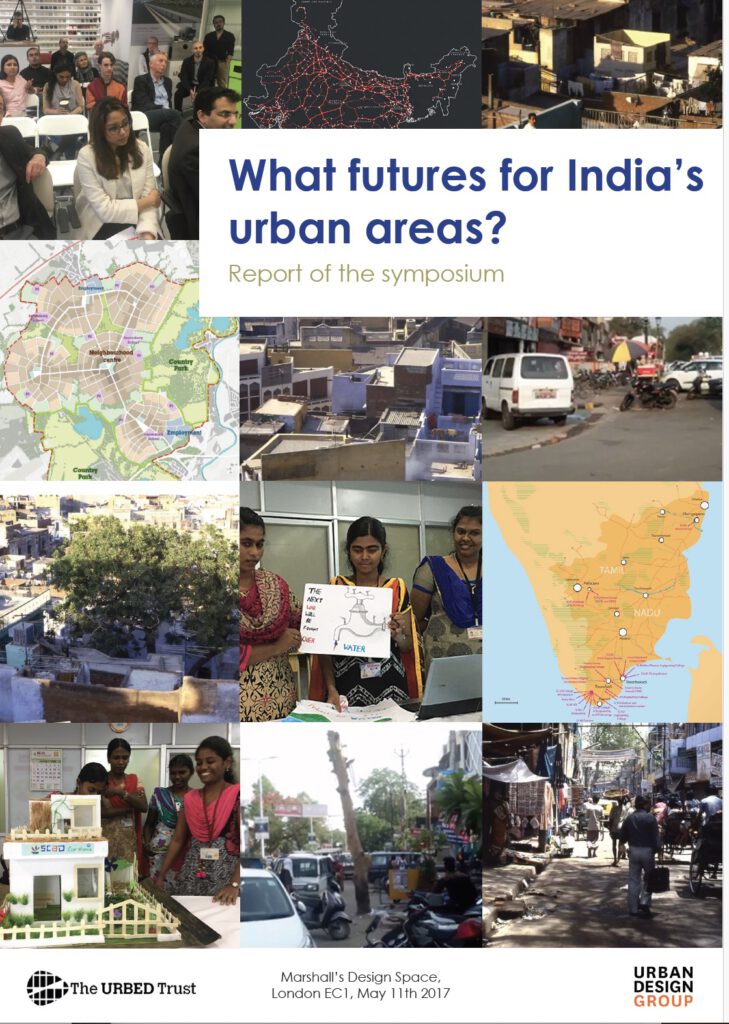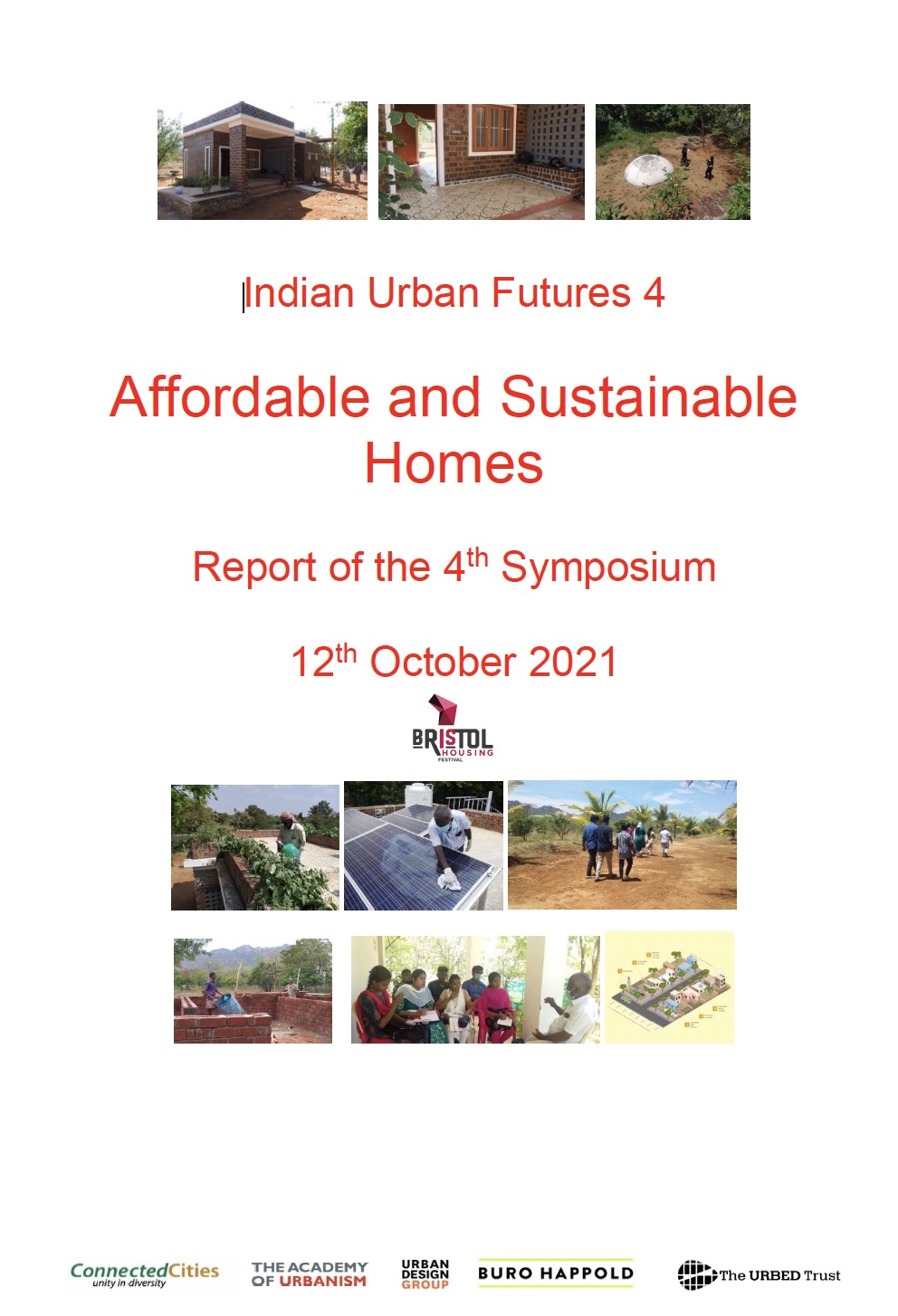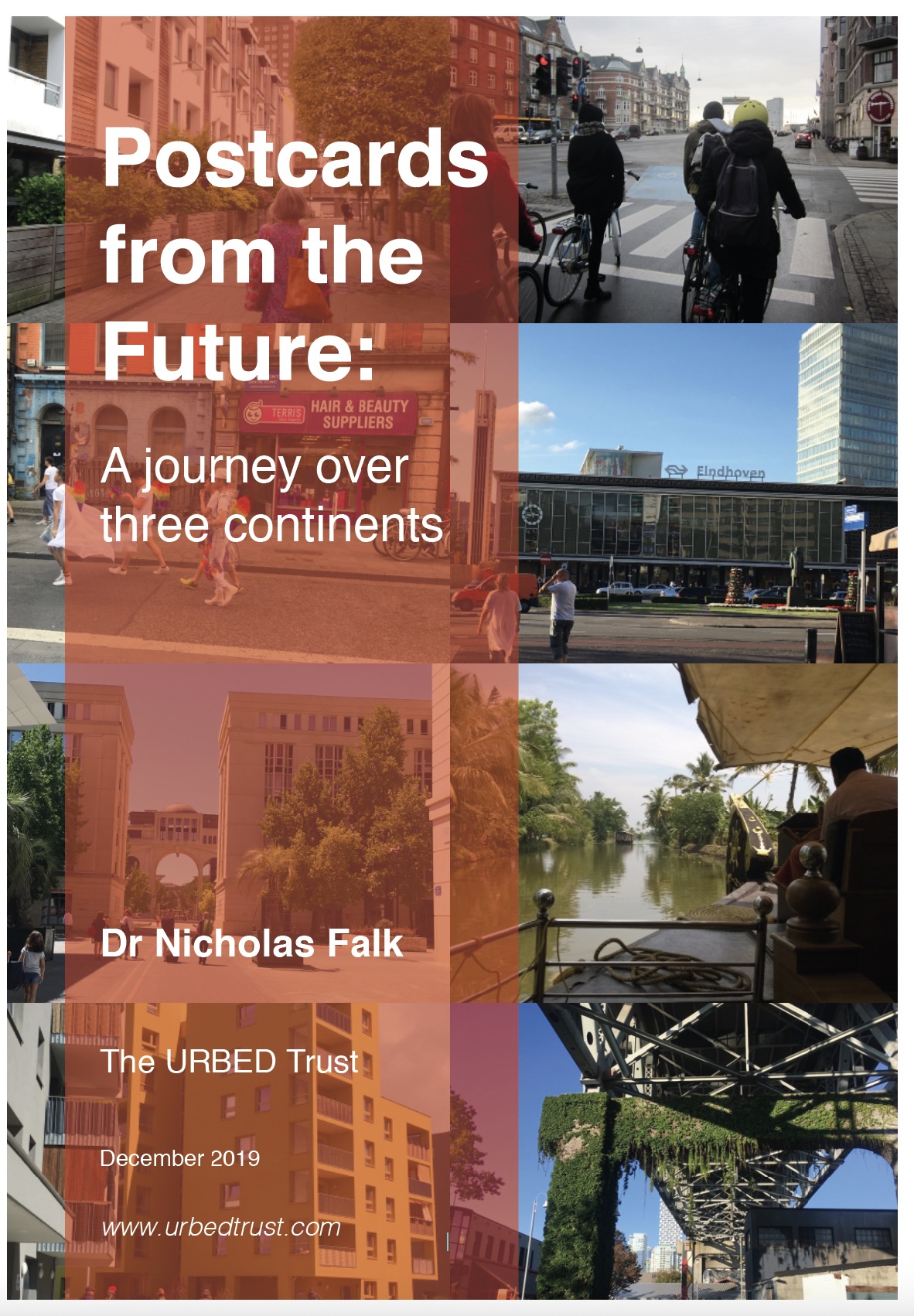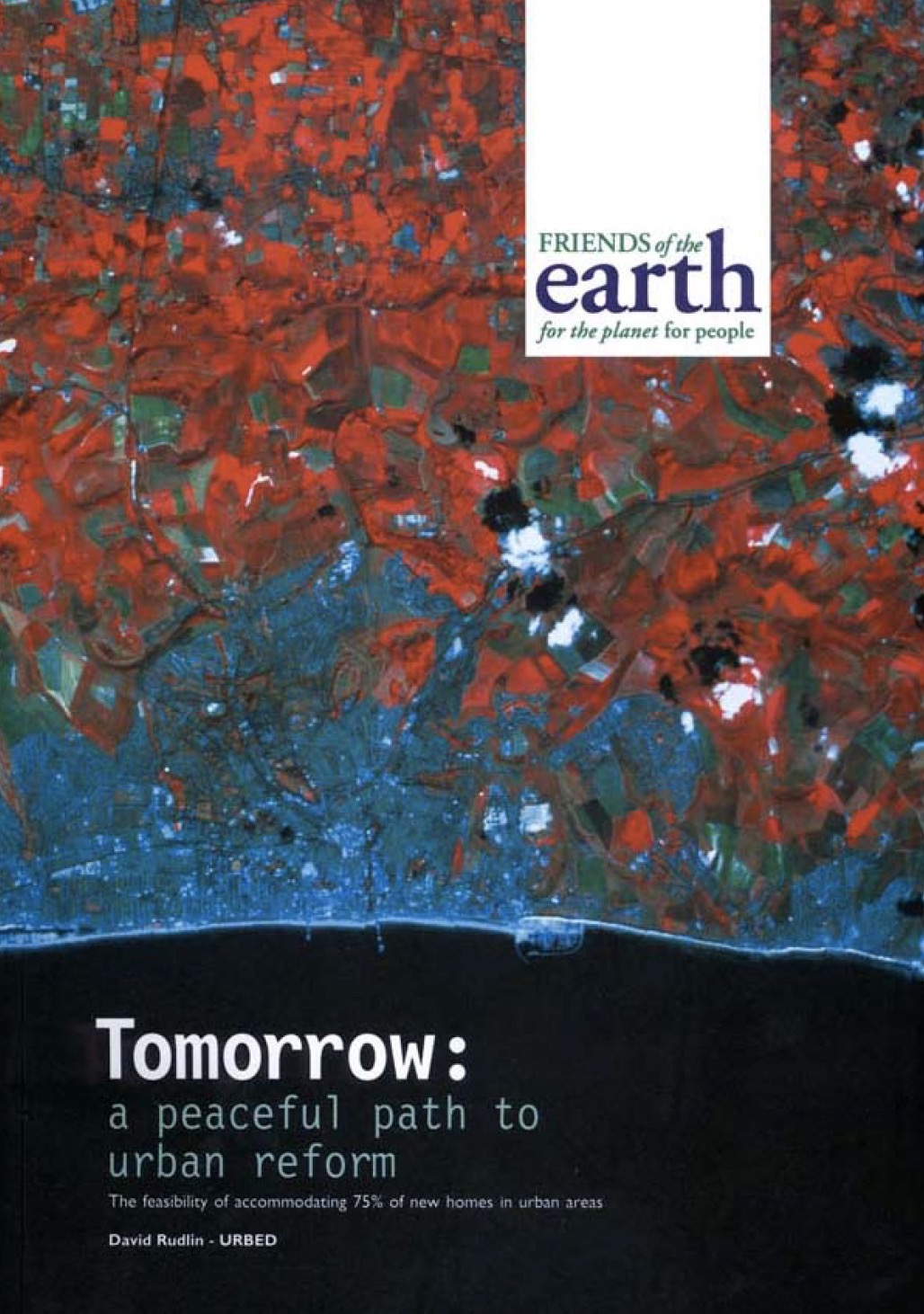With a population of 1.2 billion, only 30% of whom are urbanised, the challenges for the future of India’s towns and cities are not only immense, but of vital importance to the rest of the world. Having visited India on a number of occasions, I was so impressed by what the SCAD Group (Social Change and Development (www.scad.ac.in), were doing to empower people in villages I wanted to see how I could help.
Having won the Wolfson Prize for showing how to build new garden cities that were visionary, viable and popular, the new URBED Trust has made one of its first projects finding better ways of building sustainable and affordable ‘eco houses’. I have been fortunate in getting the help of a number of talented urban designers, and the Urban Design Group kindly offered to help organise a symposium, which took place on May 11th.
The aim was to generate interest in creating new forms of affordable housing in medium sized cities facing rapid growth in the Indian sub continent, and to draw out ideas for future work to connect Indian and British cities. Some 40 people took part, including many urban designers with Indian backgrounds or connections.
The half day event was organised around a series of short presentations, workshop discussions and feedback, and was ably chaired by Sunand Prasad, former President of the RIBA. The event was filmed by Fergus Carnegie and links are provided in each section so you can see what was said.
This report highlights significant conclusions for the project (and potentially other parts of India), and a briefing paper is included as an appendix. There were four main themes:
- transport and where growth should be concentrated
- housing and how to check urban sprawl
- public health and what can be done with regard to water and waste
- and how community engagement can be handled.
Delegates were impressed by the positive spirit that ran through the discussions and personal encounters. There could be real ongoing interest among a wide range of urban practitioners, and possibly academics, in helping Indian cities avoid making the same mistakes we have!
Comments at the end included ‘We should be more optimistic about India’ while another delegate pointed out that ‘African cities were looking to India as a source of creativity and technological innovation’.
Most agreed we need a ‘two way street’ for information on what works, which suggests that further discussions could be fruitful. One of the speakers commented afterwards there is value in ‘small and inspirational initiatives that take a holistic view working to achieve a wide range of outcomes – good design, better public health, environmental protection, socio-economic improvement etc’.
I hope that those who read this report and want to get involved will get in touch with me in the first instance. If there is enough interest we may well organise something further as the project with SCAD starts to yield results.





